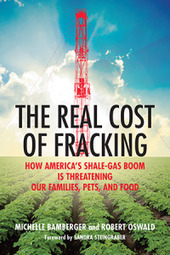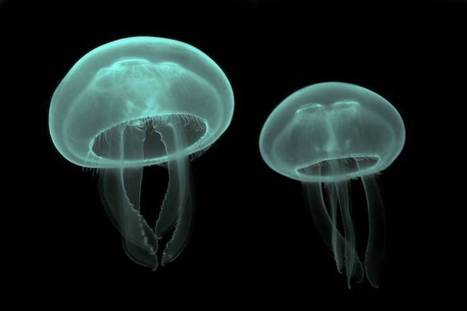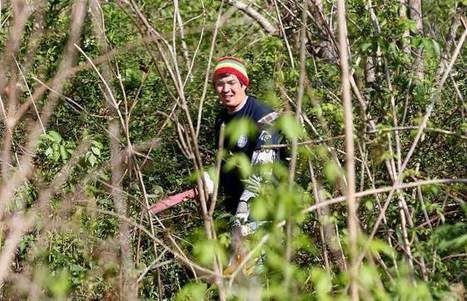More than 120 natural scientists come up with seven priorities for how synthesis research “can help make the world a better place.”
Research and publish the best content.
Get Started for FREE
Sign up with Facebook Sign up with X
I don't have a Facebook or a X account
Already have an account: Login
Coastal management and restoration of our planet's coastlines with a particular focus on California, Louisiana and the Pacific. Emphasizing wetland restoration, aspects of agriculture in the coastal plain, fisheries, dealing with coastal hazards, and effective governance.
Curated by
PIRatE Lab
 Your new post is loading... Your new post is loading...
 Your new post is loading... Your new post is loading...
|
Adam Deneault's curator insight,
December 14, 2015 11:06 PM
Island Biogeography is the theoretical explanations as to why species occurs, it also studies the species composition and species richness on an island.. it is not specific to land masses around water. Isolation gives species a strong place in their environment. The fact that new species and things show up are amazing, but sometimes new species are not properly adapted because there is no other general force against them and they do not ever learn to defend themselves.
Stevie-Rae Wood's curator insight,
December 9, 2018 10:50 PM
Island life is very diverse as compared to continental life. The shifting plates pulling lands apart and pushing lands together contributed a lot to the diversity we see on islands. Even though Australia is a huge continent it is just as diverse as the smallest island. Islands are so unique with there biogeography because isolation + time = divergence (specialized niches). Species have time to adapt to there habitat with little completion. The divergence of islands is also what makes them so fragile because there is nothing like it anywhere else on earth. If something goes extinct on an Island it is gone for good.

Corey Rogers's curator insight,
December 15, 2018 8:47 PM
It is amazing to see how remote islands can create such unique creatures and wildlife animals. The more you see these animals the more you want to go and learn about how they formed and how they became to be one of those unique animals.
|

















